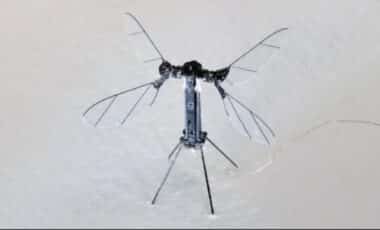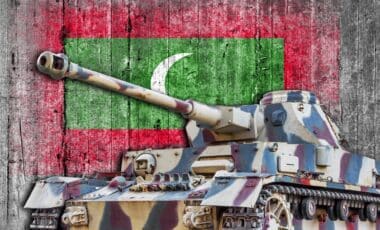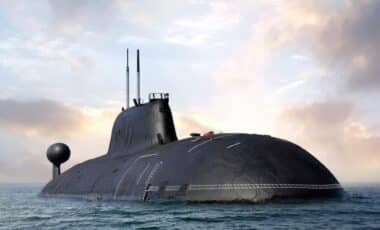Leipzig, 18 April 1945, Private First Class Raymond J. Bowman of “D” Company, 23rd Infantry Regiment and his fellow comrade, Lehmann Riggs, set up their 30 caliber Browning machine gun on an open balcony in order to provide cover for the American troops of the 2nd US Infantry Division, who were advancing over a bridge. This balcony had an unobstructed view on the bridge however this same clear view would turn out to be a deadly mistake for Pfc. Raymond J. Bowman.
After taking half of the city, the commanding officer ordered the heavy weapons squad to climb to the third floor of the Jahnallee apartment building (nr. 61). Together with them was famed war photographer Robert Capa. Capa, who was standing just a few feet away from Raymond Bowman when all of this occurred, would later have these photographs published in the May 14, 1945 issue of Life magazine, under the headline “Americans Still Died.”
Please like and subscribe to the YouTube channel above. We try to create new videos every other week.
 Minutes prior to his death, Raymond J. Bowman (seen right) with his fellow comrade Lehmann Riggs (on the left). (Credits: Robert Capa, International Center of Photography / Magnum Photos)
Minutes prior to his death, Raymond J. Bowman (seen right) with his fellow comrade Lehmann Riggs (on the left). (Credits: Robert Capa, International Center of Photography / Magnum Photos)  Minutes prior to his death, Raymond J. Bowman (seen left now) with his fellow comrade Lehmann Riggs (on the right). (Credits: Robert Capa, International Center of Photography / Magnum Photos)
Minutes prior to his death, Raymond J. Bowman (seen left now) with his fellow comrade Lehmann Riggs (on the right). (Credits: Robert Capa, International Center of Photography / Magnum Photos)
However the identity of the men in the picture was a mystery. It was only after Lehmann Riggs himself shared his memories of that day and the family of Raymond J. Bowman, who identified him by the pin bearing his initials on his collar, that the mystery was solved and later revealed.
“We had to go across these bridges to get to the other side of the city. They had blocked the bridges with burned-out tanks and streetcars, anything that would obstruct us from going across. There was a park in front of this building, and they were dug in and we couldn’t see them. We had orders to go up to the third floor of this apartment building and set up our guns to spray that area out there in the park to try to keep them pinned down until our troops could cross that bridge.“, said Lehmann Riggs.
Adding “We only fired with one person at a time, and we alternated…one person being exposed all the time. I had just been firing the gun, and I just stepped back off the gun and he had taken over. In 30 seconds, I happened to look up and see the bullet pierce his nose. The bullet that hit him killed him, ricocheted around the room, and it’s a miracle that it didn’t hit me. As soon as he got hit, somebody had to take the gun. I had to jump over him and start firing the gun.”
Raymond J. Bowman was born in Rochester, New York on April 2, 1924, the fifth of seven children. After graduating high school, Bowman was drafted into the United States Army on June 21, 1943. While serving in Company D of the 23rd Infantry Regiment of the 2nd Infantry Division. In January 1944, he was sent overseas to the United Kingdom in preparation for Operation Overlord.
 Raymond J Bowman
Raymond J Bowman
Raymond J. Bowman served in France, where he was wounded in action on August 3, 1944. He went on to fight during the Battle of the Bulge and the final battles in Germany. He was decorated with a Bronze Star Medal, an Army Good Conduct Medal and two Purple Hearts.
Robert Capa recalled in an interview in 1947: “So it made no sense whatsoever but he (Bowman) looked so clean cut, like it was the first day of the war and he was very earnest. So I said ‘All right, this will be my last picture of the war.’ And I put my camera up and took a portrait shot of him, and while I shot my portrait of him he was killed by a sniper. It was a very clean and somehow a very beautiful death.“
In 2015, the city of Leipzig voted to name the street in which the apartment building is located to “Bowmanstraße”, in honor of Raymond J. Bowman. The renaming took place on April 17, 2016. The apartment building (called Capa House) now contains a small memorial with Capa’s photographs and information about Bowman.








